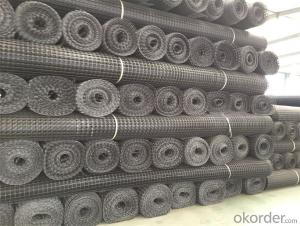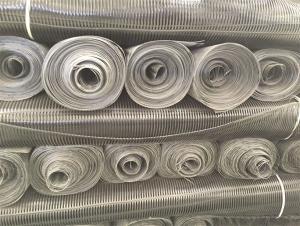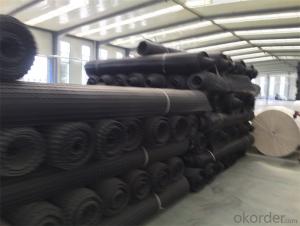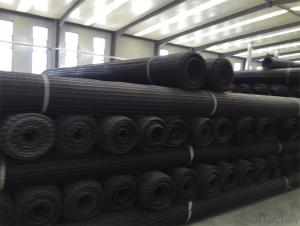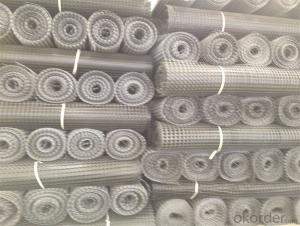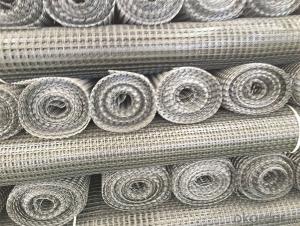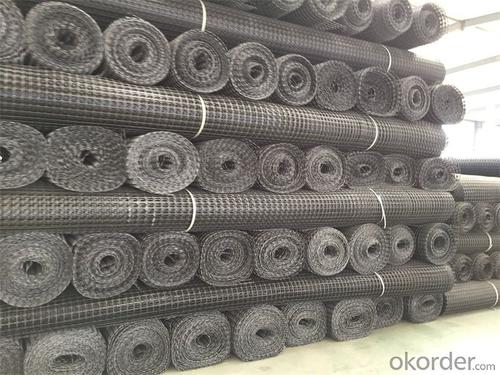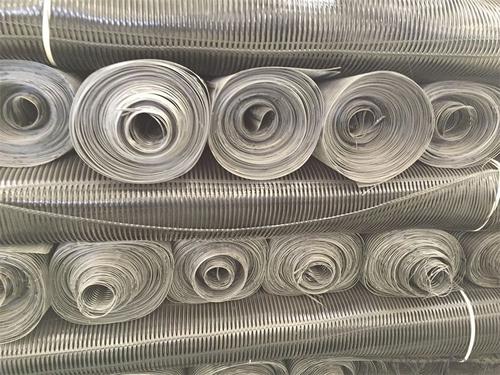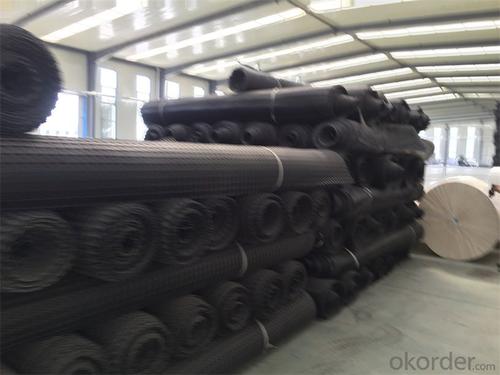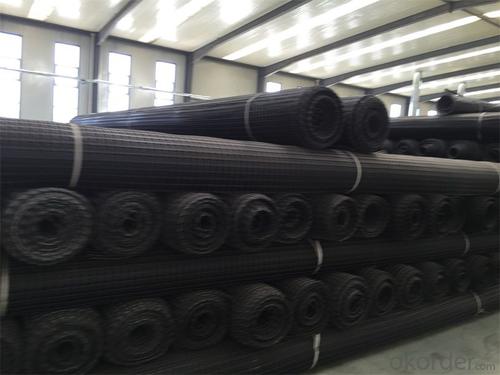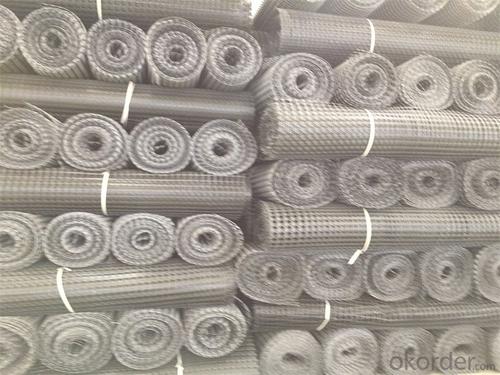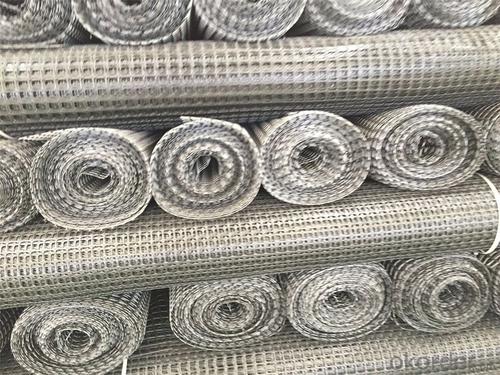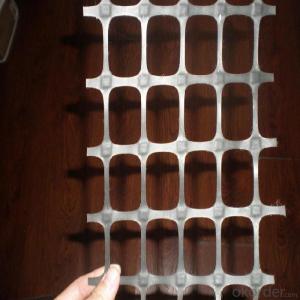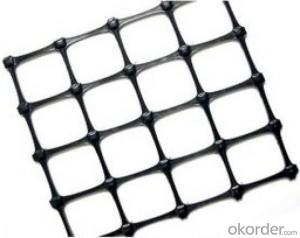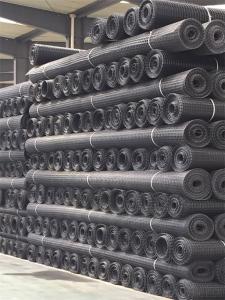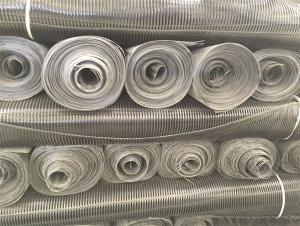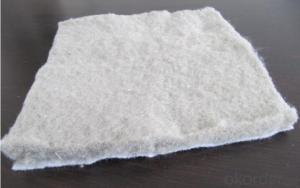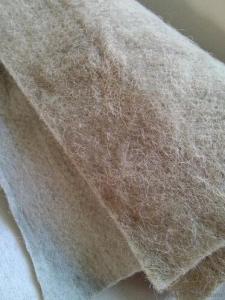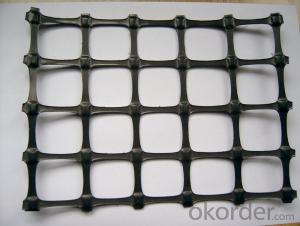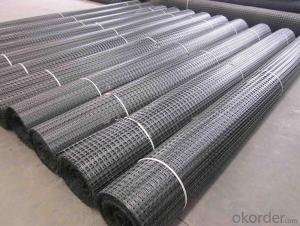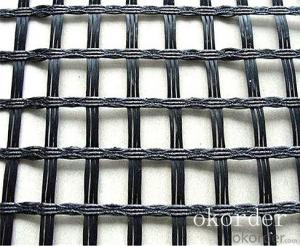Geogrids and Soil Stabilisation Materials - Most Popular Geogrid in China
- Loading Port:
- Tianjin
- Payment Terms:
- TT OR LC
- Min Order Qty:
- 20000 m²
- Supply Capability:
- 50000000 m²/month
OKorder Service Pledge
OKorder Financial Service
You Might Also Like
Fiberglass Geogrid Introduction:
Fiberglass geogrid is a kind of planar mesh material using alkali-free fiberglass yarn as base body and then coated with high quality modified asphalt. It is warp knitted with oriental structure which gives full play of yarn strength and improves its mechanical property to make the product high tensile, tearing and creep-resistant. Moreover, the composite property of coating with asphalt makes full protection of the fiberglass matrix and greatly improves its wear and shear resistance. All the advantageous functions make the product have a good performance in pavement strengthening, track cracking and solving difficulties of strengthening the bituminous pavement.
Fiberglass Geogrid Features:
1. Light weight, high tensile strength, high modulus, low elongation and good toughness.
2. Corrosion resistance, no long-term creep, long life span.
3. Good physical and chemical stability and good thermal stability.
4. Resistant to fatigue cracking, high-temperature track and low temperature shrinkage cracking.
5. Delaying and decreasing crack reflection.
Specifications | PET20-20 | PET30-30 | PET40-40 | PET50-50 | PET80-80 | PET100-100 | PET120-120 |
Elongation(%) | 10%~15% | ||||||
Vert Tensile strength(KN/m) | 20 | 30 | 40 | 50 | 80 | 100 | 120 |
Horiz Tensile strength(KN/m) | 20 | 30 | 40 | 50 | 80 | 100 | 120 |
Grid(mm) | 12.5×12.5 20×20 24.5×24.5 | ||||||
Width(m) | 1—6 | ||||||
Fiberglass Geogrid Application:
1. Road surface asphalt overlay construction engineering; Asphalt layers
reinforcement.
2. Converting old cement concrete road into composite road; Restraining
reflection cracking caused by block shrinkage.
3. Road extension; Preventing and controlling the cracking caused by new
and old combination and uneven settlement.
4. Treatment of the conjunction between tunnel and bridge or foundation.
Packaging & Shipping:
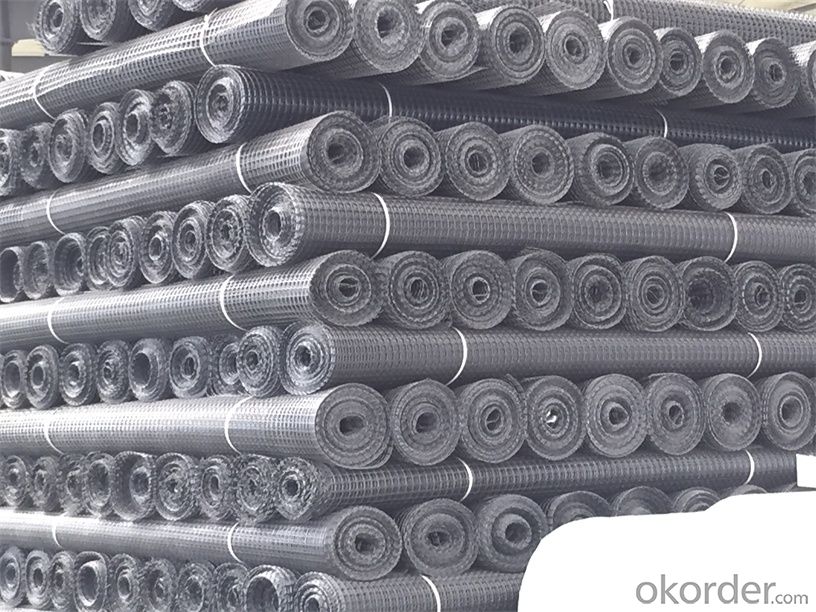
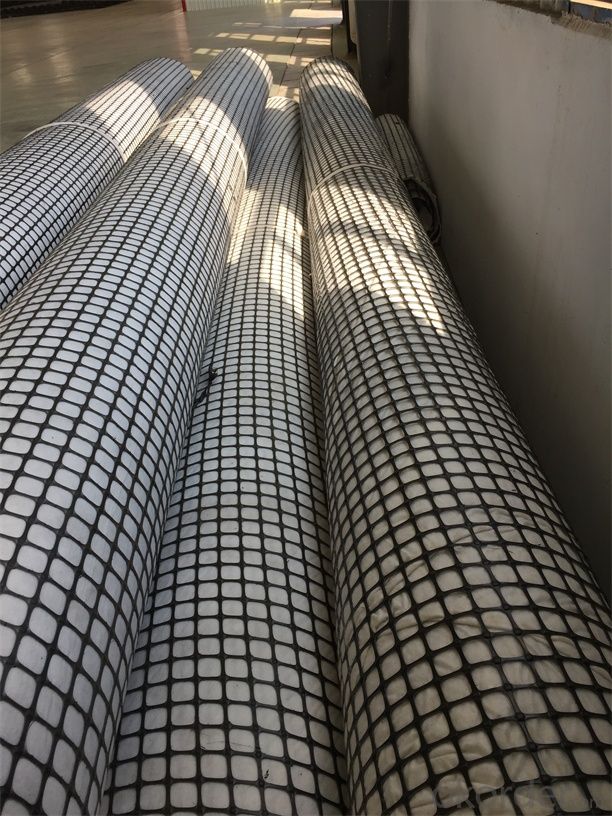
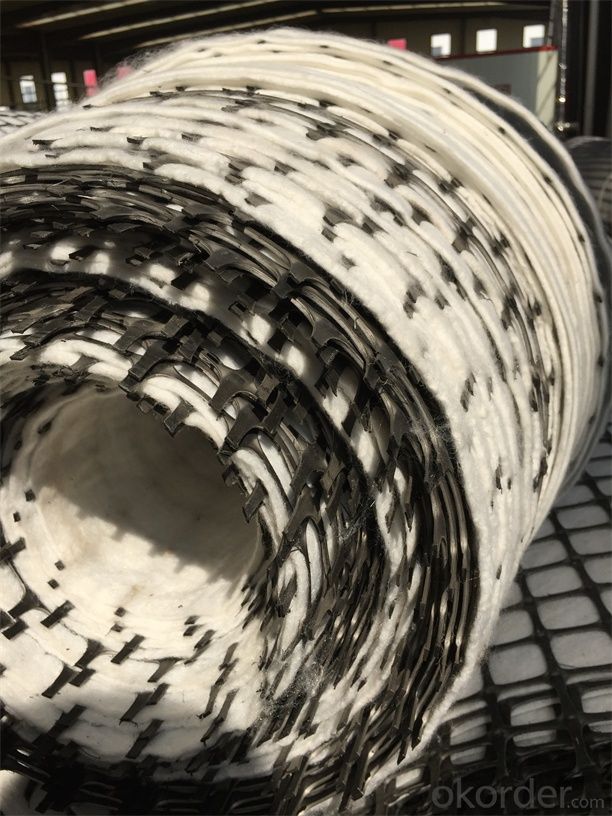
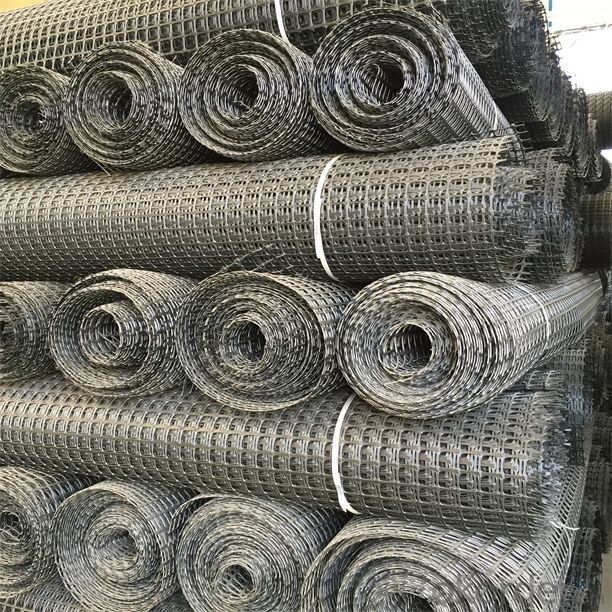
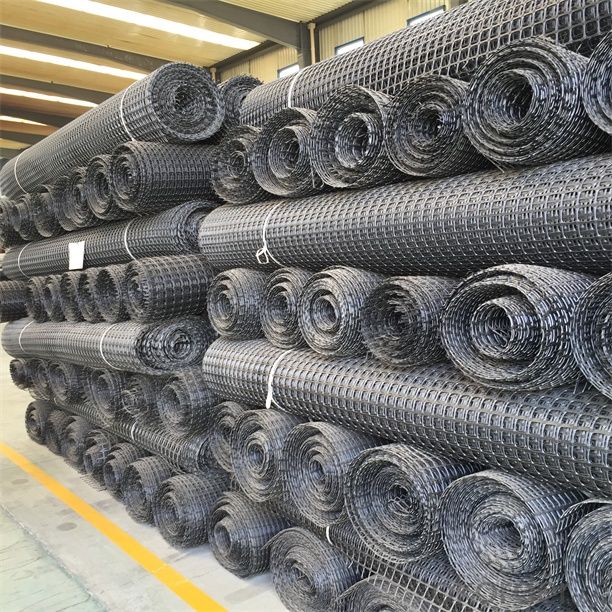
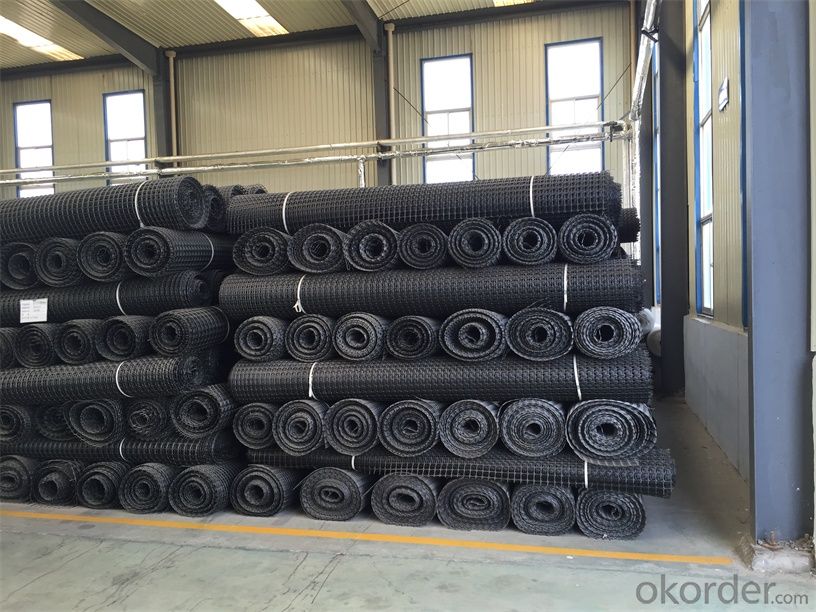
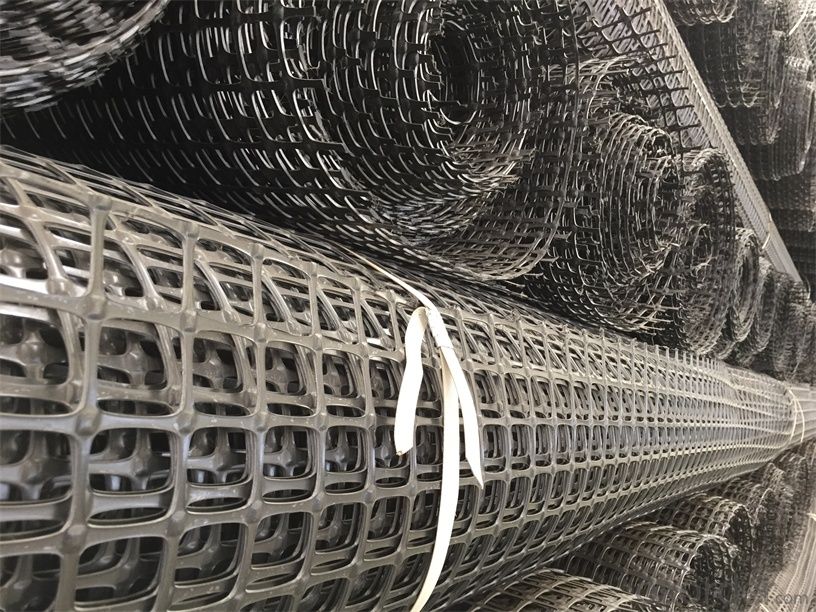
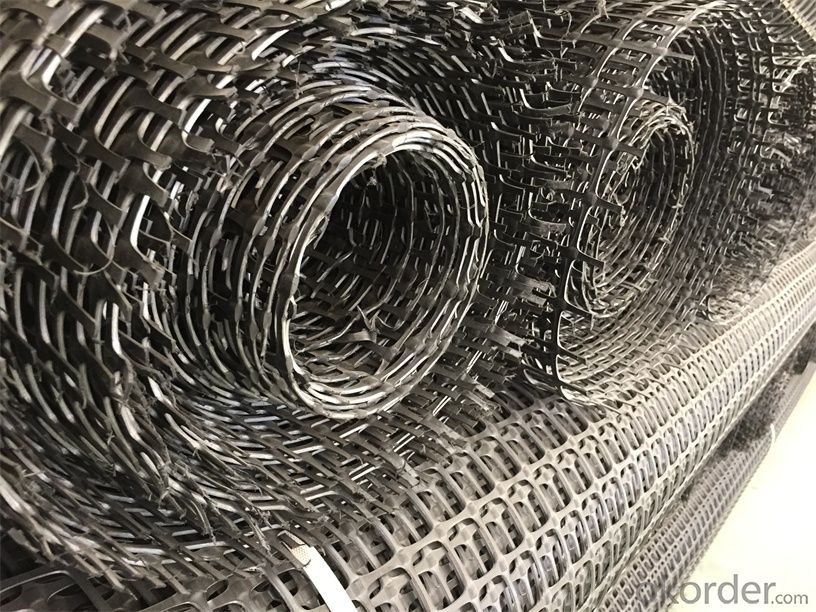
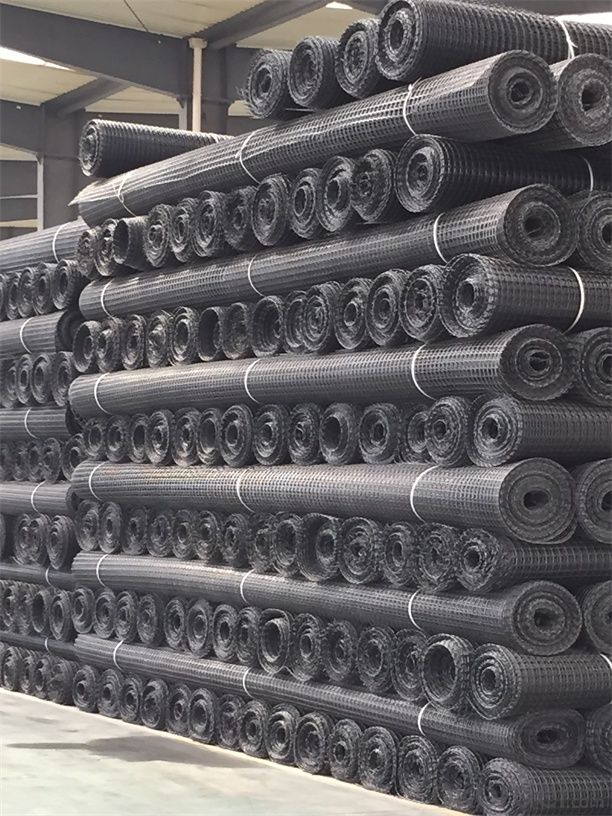
FAQ:
1. How to order your geogrid ?
a) Tensile strength in warp & weft direction
b) Grid size
c) Roll Width and length
d) Quantity
2. What is the Payment term?
a) TT
b) LC AT SIGHT
c) cash
d) 30% contact value as deposit ,the blance 70% be paid after received the copy of bl .
3. Delivery time
a) 19-25 days after received your depsit .
4. What is MQQ ?
a) 2500 m2 as MQQ , we can also produce sample for you .
Welcome to send your inquiry to us, and if you have any question, we can also help you.
- Q: Can geogrids be used for retaining walls?
- Yes, geogrids can be used for retaining walls. Geogrids are commonly used in retaining wall construction as they provide reinforcement to the soil or fill material, increasing its stability and preventing erosion. They work by distributing the forces exerted by the retained soil and reducing the potential for wall failure.
- Q: What is the effect of moisture on geogrid performance?
- Moisture can have both positive and negative effects on geogrid performance. On one hand, moisture can enhance the interlock between the geogrid and the surrounding soil, improving its overall stability and load-bearing capacity. This is particularly beneficial in clayey or cohesive soils where moisture helps to increase the soil's strength and reduce its potential for settlement. On the other hand, excessive moisture can lead to the loss of geogrid strength due to hydrolysis or chemical degradation, especially in certain polymer-based geogrids. Additionally, waterlogged conditions can increase the likelihood of soil erosion, reducing the effectiveness of the geogrid in retaining soil particles. Therefore, while some moisture is generally beneficial, proper drainage and moisture control are crucial factors to consider for optimal geogrid performance.
- Q: Can geogrids be used in temporary retaining structures?
- Yes, geogrids can be used in temporary retaining structures. Geogrids are commonly used in construction projects to reinforce soil and provide stability to retaining walls and structures. They are designed to withstand high tensile forces and can be easily installed and removed, making them suitable for temporary applications.
- Q: What is the recommended geogrid junction strength?
- The recommended geogrid junction strength depends on various factors such as the specific application, soil conditions, and design requirements. It is best to consult the geogrid manufacturer or a geotechnical engineer to determine the appropriate junction strength for a particular project.
- Q: Are geogrids resistant to extreme temperatures?
- Yes, geogrids are designed to be resistant to extreme temperatures. They are typically made from materials that can withstand both high and low temperatures without significant degradation. This allows geogrids to maintain their structural integrity and performance in various climatic conditions.
- Q: What are the durability characteristics of geogrids?
- Geogrids have excellent durability characteristics due to their high tensile strength and resistance to environmental factors such as UV radiation, chemical exposure, and temperature variations. They are designed to withstand heavy loads and prolonged use without significant deformation or degradation, offering long-term stability and performance in various soil reinforcement applications.
- Q: Can geogrids be used in reinforcement of mechanically stabilized earth retaining walls on soft soils?
- Yes, geogrids can be used in the reinforcement of mechanically stabilized earth retaining walls on soft soils. Geogrids are commonly used in such applications to provide additional tensile strength to the soil and improve its stability. By reinforcing the soil, geogrids help to counteract the lateral pressure exerted by the retained soil, thereby enhancing the overall performance and longevity of the retaining wall.
- Q: I would like to ask what kind of railway construction materials?Under the trouble of experts who can help me explain these materials. I am engaged in the procurement of Railways in this regard, I want to rush to prepare the information
- The stainless steel plate is less than or equal to 8.Group anchor (QM, OVM, HVM Anchorage)Prestressed steel wire anchorFlared tube cast steelNylon anchor boltPolycarboxylate superplasticizer
- Q: How do geogrids help with load distribution?
- Geogrids help with load distribution by providing reinforcement and stability to the soil. They distribute the applied load over a wider area, reducing the pressure on the underlying soil and preventing localized failures. This enables the soil to bear heavier loads without significant settlement or deformation, ensuring long-term structural integrity.
- Q: How long do geogrids typically last?
- Geogrids typically last for a long time, with a lifespan ranging from 20 to 100 years, depending on factors such as the type of geogrid, installation conditions, and the application it is being used for.
Send your message to us
Geogrids and Soil Stabilisation Materials - Most Popular Geogrid in China
- Loading Port:
- Tianjin
- Payment Terms:
- TT OR LC
- Min Order Qty:
- 20000 m²
- Supply Capability:
- 50000000 m²/month
OKorder Service Pledge
OKorder Financial Service
Similar products
Hot products
Hot Searches
Related keywords
